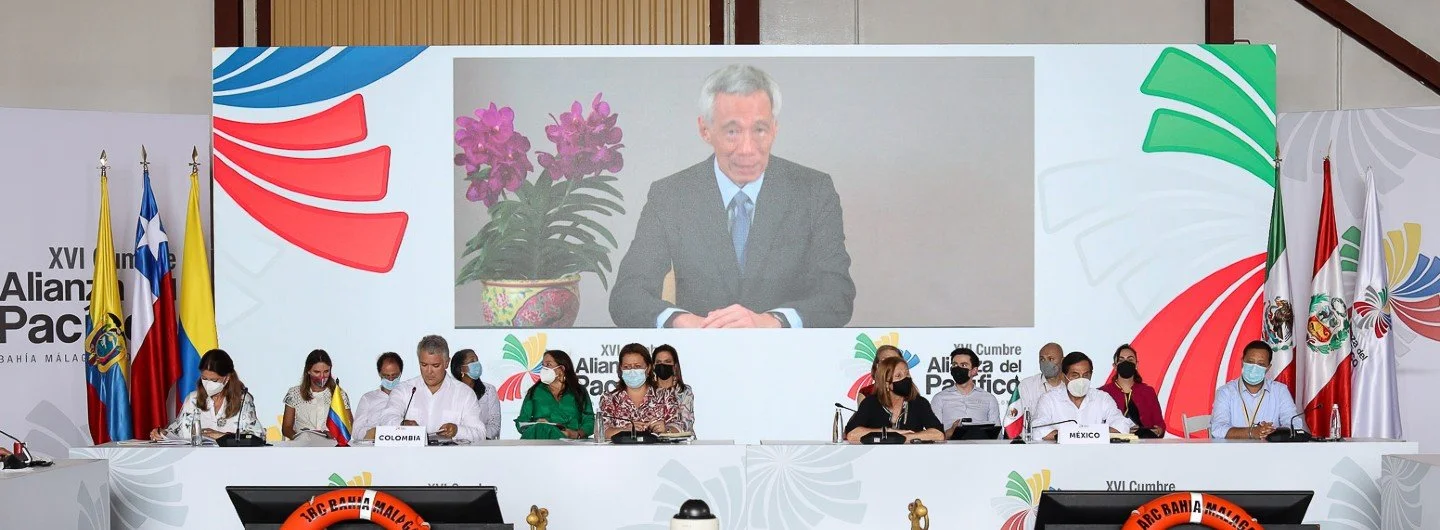On Jan 26, 2022 Singapore signed a Free Trade Agreement (FTA) with the Pacific Alliance (PA), a regional economic bloc made up of Chile, Colombia, Mexico and Peru representing more than USD 2 trillion in GDP. The Pacific Alliance Singapore FTA (PASFTA), has been touted as a “landmark moment” for Singapore’s partnership with Latin America with the potential to strengthen investment and market access opportunities for Singapore and PA countries. Despite the agreement’s potential, there remain economic, institutional and political factors that could affect the PA’s potential impact on Singapore and the region’s trade and investment opportunities. The PA has done a remarkable job in establishing itself as a platform with the potential to increase trade an investment between Latin American and the Asia-Pacific region. However, structural obstacles to intra-alliance trade, overlapping regional economic integration efforts and risks to institutional continuity will shape the size of the PA’s impact and influence in the region.
The Pacific Alliance at Year 6
The Pacific Alliance, a regional integration initiative which brought together the economics of Mexico, Colombia, Peru and Chile, has garnered a surprising amount of attention from around the world after only six years since its creation; more than 50 countries have flocked to become observers. To understand the sudden interest one has to look at the member’s ability to establish themselves as a credible and ambitious body with incredible potential to increase investment and trade opportunities in the region. Nevertheless and despite the relative success that the PA has had to date, there remain large obstacles it must overcome to achieve its ambitious goals.

